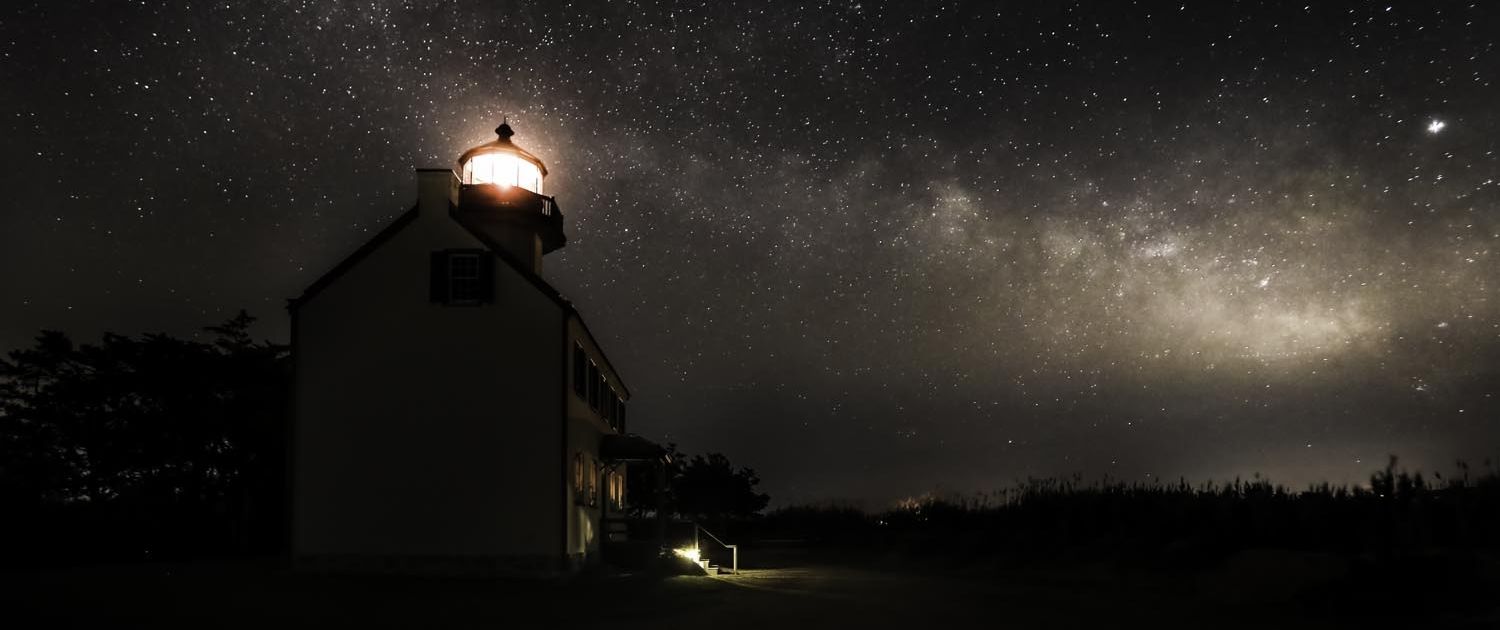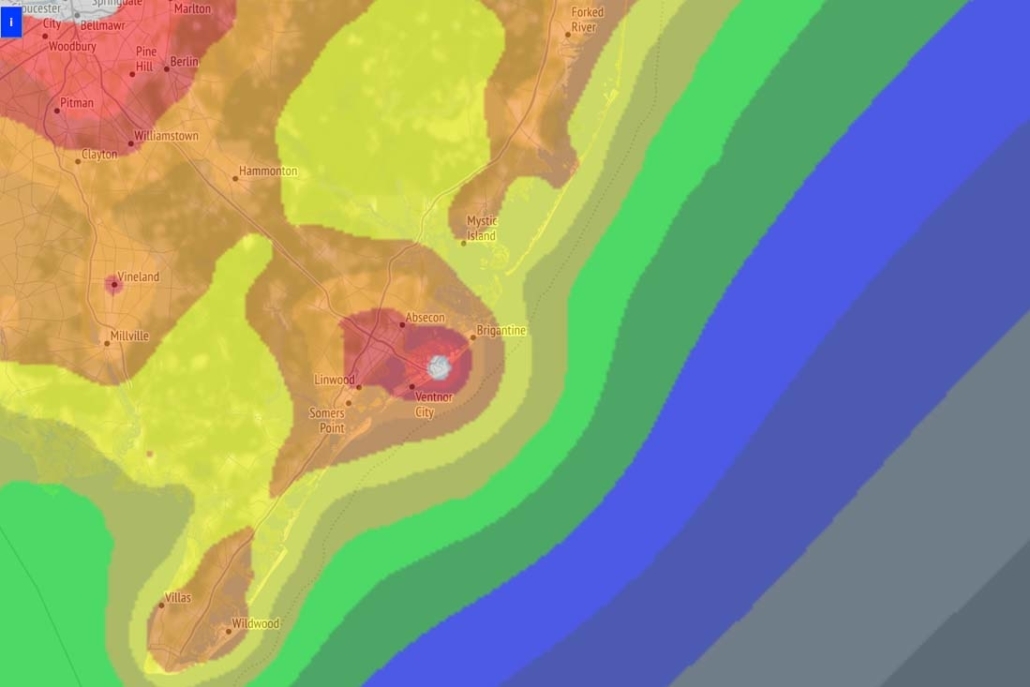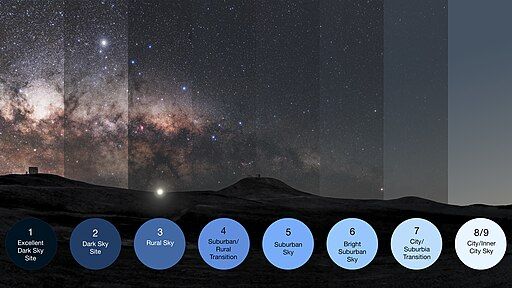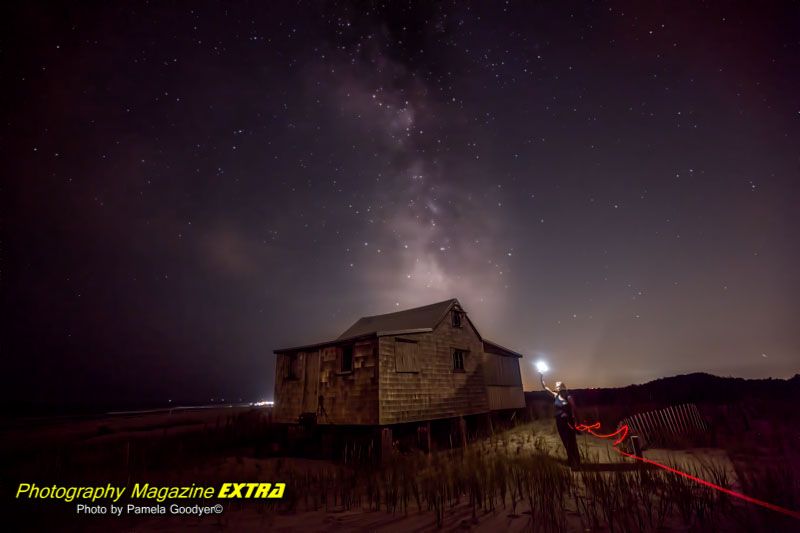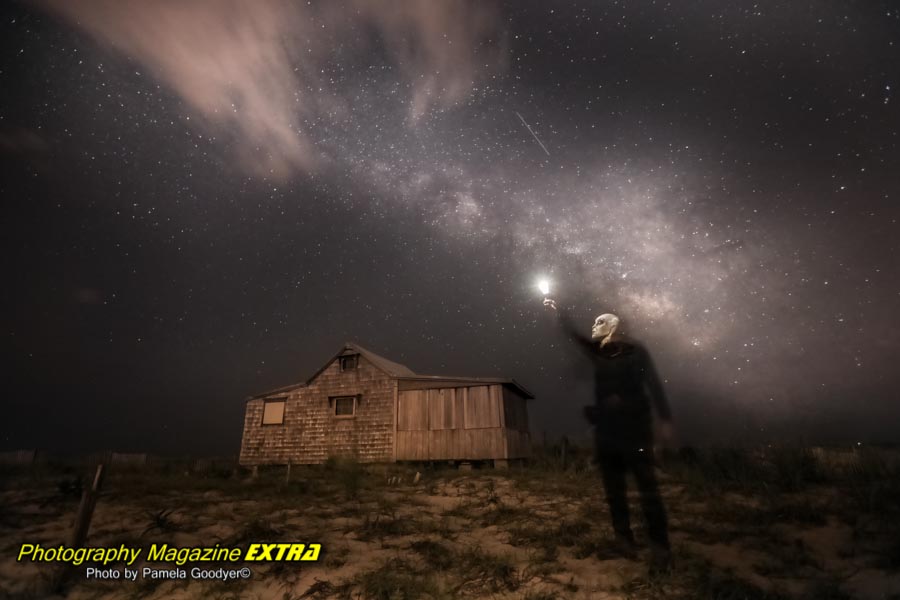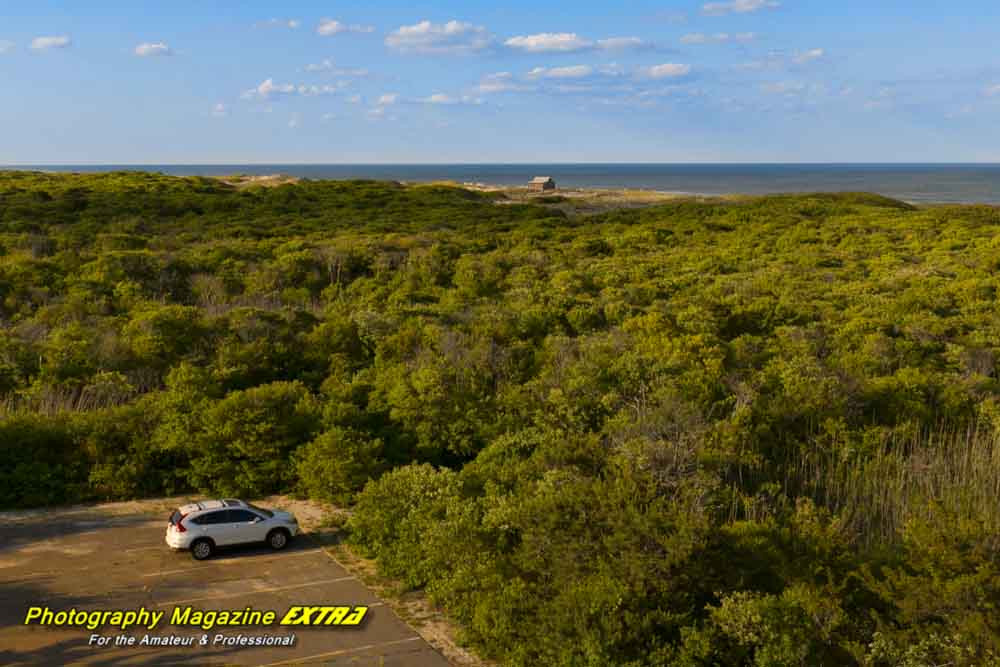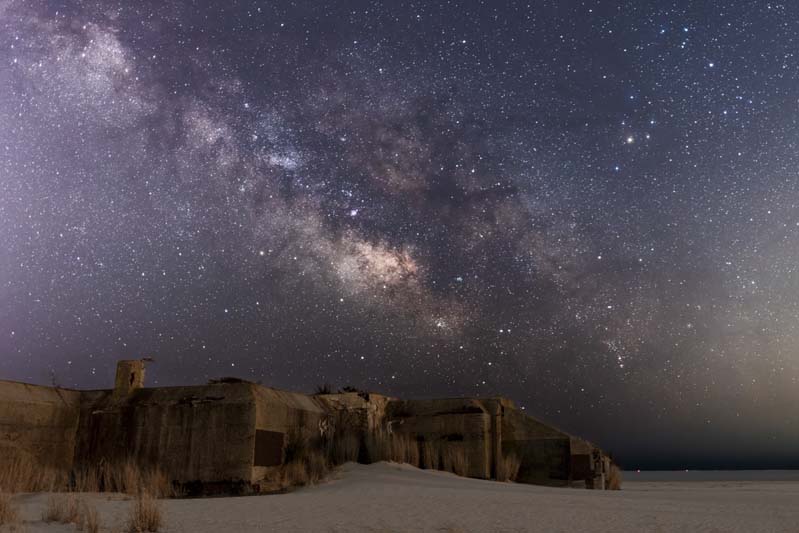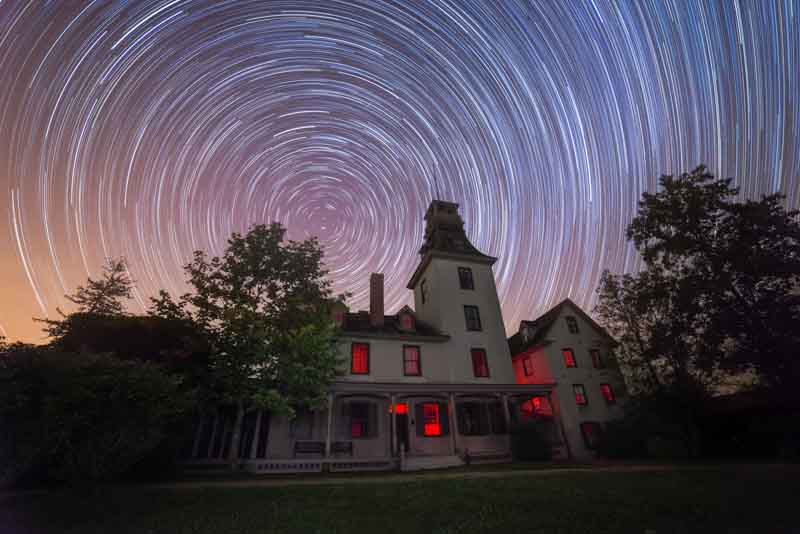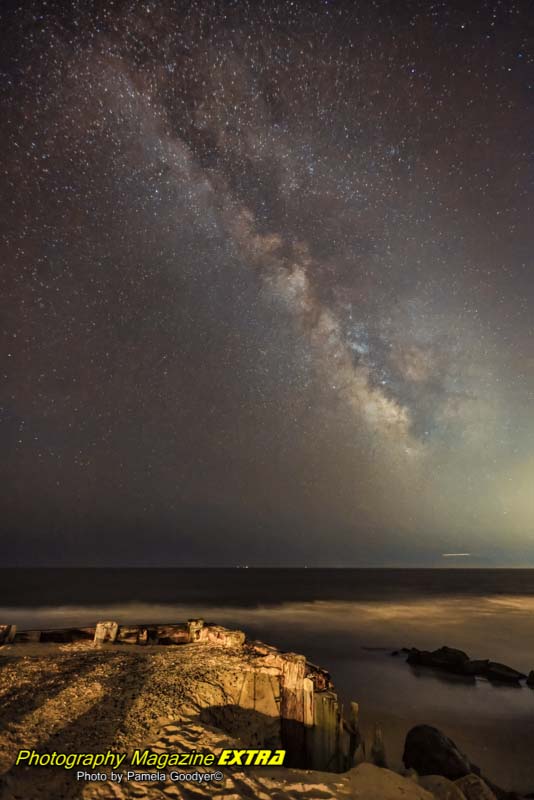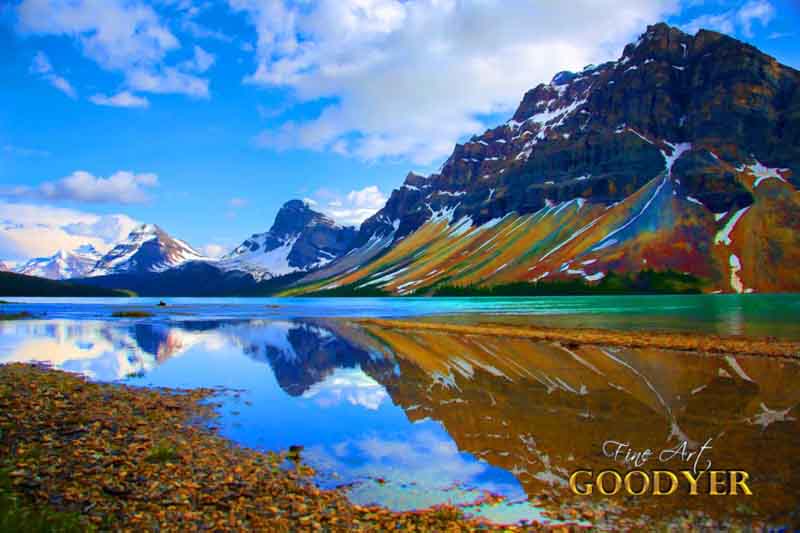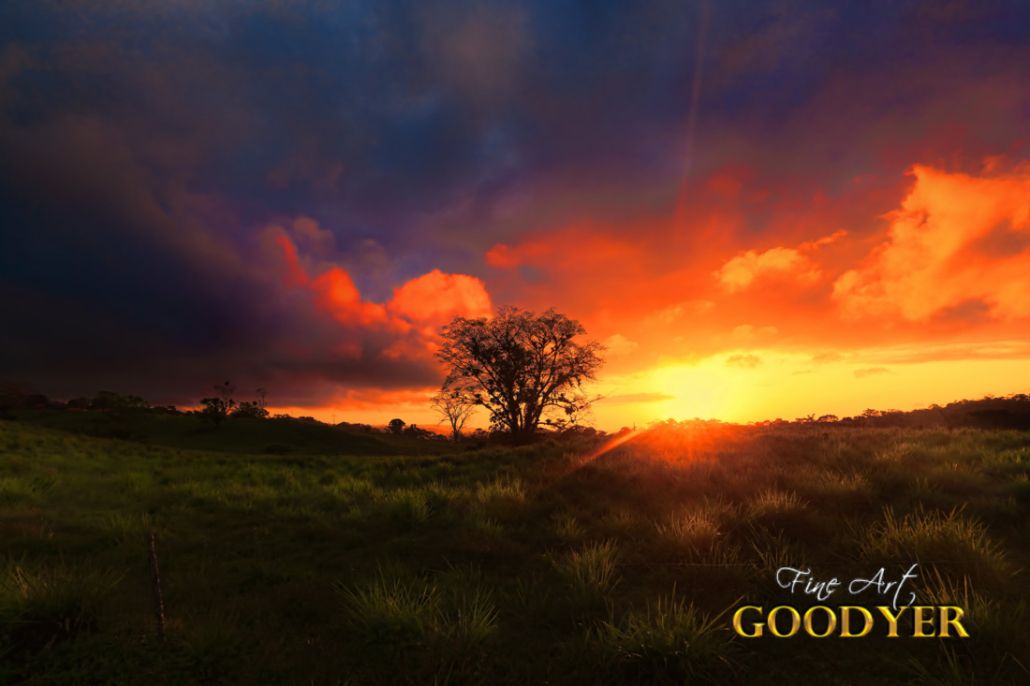Where to Do Milky Way Photography New Jersey Style
See images from around New Jersey
Where to Photograph the Milky Way in New Jersey
You can see the Milky Way in New Jersey if you know when, where, and how to look for it. You must have this information because she is not always visible. To do so, visit our DARK SKY PAGE and click the Dark Sky Finder map.
ESO/P. Horálek, M. Wallner, CC BY 4.0
To see the Milky Way, you should be in the yellow areas shown on the map of New Jersey above. The map shows no dark blue, gray, or green regions in New Jersey, but yellow is sufficient. Red, white and orange locations are not suitable for the Milky Way. You might get something faint in the orange areas, depending on the other variables.
BLACK—1, GRAY—2, BLUE—3, GREEN—4, YELLOW—5
All our images on this page are in the yellow or #5 areas.
MILKY WAY PHOTOGRAPHY, ISLAND BEACH STATE PARK, NEW JERSEY
Island Beach State Park has some of the darkest skies in New Jersey. Our favorite place is called the Judge’s Shack near Area 12. You can stargaze on the New Jersey beach or photograph at the judge’s shack. According to our friend Milky Way Mike Ver Sprill, the best time to photograph the Judge’s Shack is early in the season to avoid light pollution.
Make sure to make the most of the sunset location. Don’t miss this chance to capture the stunning beauty of the setting sun at the Judge’s Shack. If you’re lucky enough to have some clouds, they will add a vibrant touch to the colorful display in the sky. And when the night sky reveals a blanket of stars and the Milky Way, your photo will forever document its breathtaking grandeur.
From the moment you arrive at The Judge’s Shack, the allure of its historic charm and panoramic ocean views are palpable. This hidden gem nestled on the shores of Island Beach State Park is the perfect setting for your photography.
LOCATION: Park at the lot with the bathrooms around the six-mile mark. This is the shortest walk.
MILKY WAY PHOTOGRAPHY, AVALON BEACH, NJ
These skies produce some outstanding results when shooting the Milky Way in New Jersey. Look for lifeguard stands and boats for your foreground, along with the trails with fences leading to the beach. Scout out the areas in Avalon before dark.

